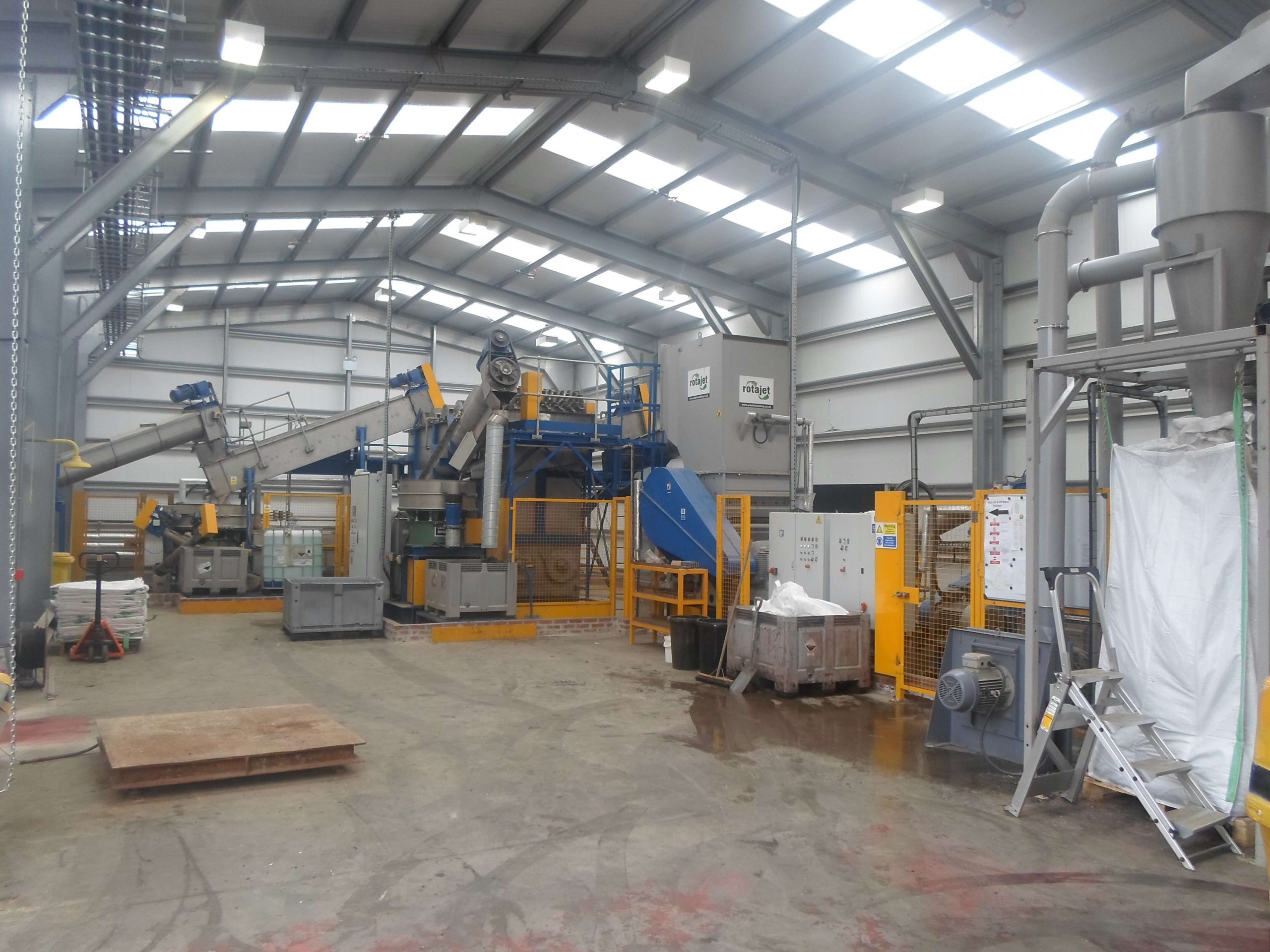Have you ever wondered what happens to your used lead acid battery, such as your car or motor vehicle battery, once you have disposed of it (hopefully not in your rubbish bin)? Well chances are it will end up being recycled by one of Australia’s four battery recycling facilities, where most of the battery’s components are recovered for re-use.
In fact, recycling of lead acid batteries is one of the great recycling successes. Nearly 97% of the lead acid battery is recycled, with just 3% disposed to landfill. In Australia the recycling process is strictly controlled by state environmental regulations which help ensure that the recycling facilities have minimal impact on the environment and health of their workers and public.
Australian recycling practices compare favourably with most parts of the world and play an important role in keeping lead acid batteries out of the environment and reducing the demand for newly mined lead. About 60% of global lead needs are met from recycling and 40% from newly mined sources.
Battery Recycling in Australia
An approximate 145,000T of used lead acid batteries are recycled every year in Australia, representing 90% of the available batteries, with the balance left in the community, disposed to landfill or illegally exported, where higher prices can be obtained. In some countries recycling rates for lead acid batteries are close to 100%, the difference with Australia can probably be put down to the proximity of recycling facilities.
The Australian battery recycling industry often boasts about its recycling performance however the real reasons, is less to do with their actions and more to do with other factors.
Firstly, lead is a valuable commodity, this means that there is money in collecting used batteries and hence an extensive scrap industry has evolved that is willing to collect the batteries from just about every corner of Australia.
Secondly the recycling of lead acid batteries involves straight forward processing technology, so the process is not excessively expensive. This enables battery recyclers to pay the scrap industry more for the batteries and hence more batteries in turn are collected.
Where are used lead acid batteries recycled in Australia?
There are currently 4 lead acid battery recycling facilities operating in Australia. They are:
1. Renewed Metal Technology – Wagga Wagga, NSW. This performs both the breaking and secondary lead refining process. The facility was acquired from the Enirgi Group by Ramcar in 2018.
2. Hydromet – Unanderra, NSW. This operates as a breaker only. With the lead components either exported for secondary lead refining or freighted to their Laverton facility.
3. Hydromet – Laverton, VIC. This performs both the breaking and secondary lead refining process.
4. V Resources – Logan, QLD. This operates as a breaker only.
5. Nexus Recycling – Bibra Lake, WA. Work commenced on WA’s first lead acid battery recycling facility in October 2020 and is expected to be completed in May 2021. This will be a breaker only.
How are lead acid batteries recycled – the recycling process explained?
The recycling of lead acid batteries involves 2 main steps;
- Breaking & Separating
- Secondary lead refining
Breaking & Separation
The first step, is referred to as battery breaking, and literally smash the batteries in a hammermill and then extracting the component parts including lead paste, metallic plates and connectors, polypropylene and other plastics, and acid electrolyte into streams that are handled in the subsequent recycling steps.
The sulfuric acid can be converted to Sodium Sulfate which is commonly used in fertilisers and laundry detergents and the plastic polypropylene container is output as pellets for reuse in new battery containers and other plastic products.
Secondary Lead Refining
The lead, in the form of lead metal and paste, from the breaking and separation process, is refined in a secondary lead smelting process, that produces lead in bullion form.
Some of the Australian recycling facilities will undertake both steps at their facility, while others will just complete the breaking step and then freight / export the lead components for secondary lead refining.
What is recycled from a lead acid battery?
97% of a lead acid battery can be reclaimed through recycling. The lead, plastic and acid components are recovered for reuse.
Lead – Battery plates, inter cell connectors and posts made from lead are melted down in a smelter furnace. The molten lead is then formed into ingots for re-use, predominantly for the manufacture of new lead acid batteries.
Sulfuric acid – Sulfuric acid is converted to sodium sulfate to be used in the manufacture of glass, textiles, laundry detergents and fertilisers.
Polypropylene – Battery containers and lids are chipped and sent for manufacturing into new battery cases, rubbish bins, plant pots etc
Why recycle lead acid batteries?
Secondary lead or recycled lead is an important source of lead for manufacturing new lead acid batteries and reduces the amount of lead required from mining activities. Secondary lead requires less energy and produces a smaller carbon footprint to newly mined lead. Approximately 60% of the world’s lead requirements are derived from recycled lead.
The lead and sulfuric acid in lead acid batteries, is toxic to humans and the environment and hence they are classified as a dangerous good and hazardous waste. The World Health Organisation states that there are no known levels of lead exposure that are considered safe to humans and identifies it as one of its top 10 chemicals of major health concern.
Even the Lead levels in the electrolyte (sulfiric acid) can be several parts per million, well more than what is considered to be safe for humans and the environment. The correct recycling of lead acid batteries ensures that our environment and the public are not exposed to negative effects of lead.







